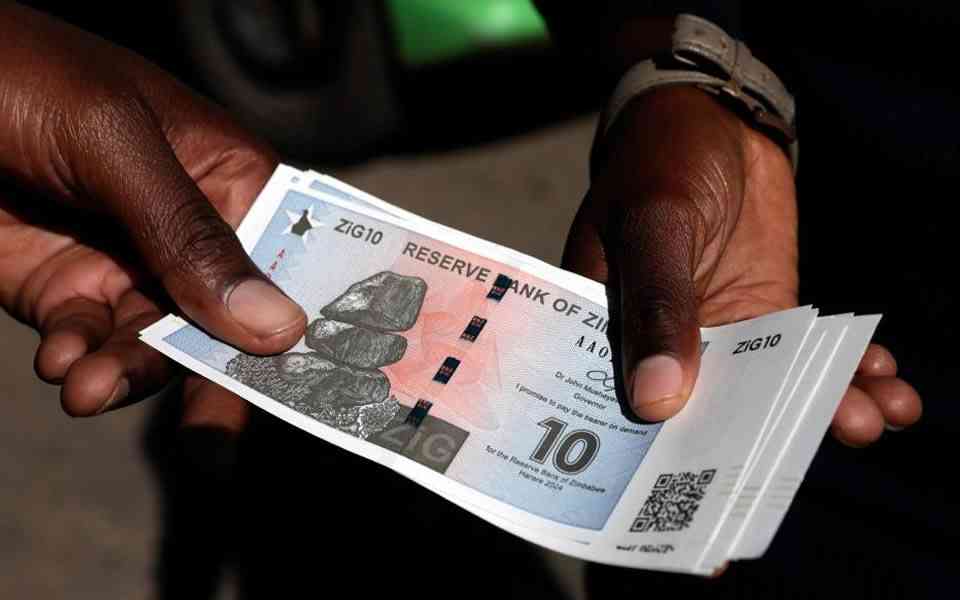
ZIMBABWE has effectively re-dollarised, despite the government’s repeated attempts to revive confidence in the local currency. This shift back to the US dollar is a direct consequence of the fiscal and monetary policies introduced by authorities, which have failed to inspire trust in the new Zimbabwe Gold (ZiG) currency.
Introduced in April 2024 as a replacement for the inflation-ravaged Zimbabwe dollar, the ZiG was marketed as a stable, gold-backed alternative to the volatile currencies of the past. The new currency officially entered circulation on April 8, meaning it marked its first anniversary this week on Tuesday.
However, despite its promising launch, the ZiG has struggled to gain traction among ordinary Zimbabweans, who remain deeply sceptical of its long-term viability. The roots of this scepticism can be traced back to the government’s contradictory policies.
In 2023, through a statutory instrument, the government extended the multi-currency regime, allowing the continued use of foreign currencies — primarily the US dollar — until 2030.
The official stance was that after 2030, Zimbabwe would transition back to a mono-currency system. However, the reality on the ground tells a different story. Just a year after the ZiG’s introduction, the currency is already facing rejection from the very citizens it was meant to serve.
The primary reason for this rejection is simple: Zimbabweans do not trust ZiG as a store of value, and the government’s actions have only reinforced this distrust.
One of the most glaring signs of the ZiG’s failure is its limited usability in daily transactions. Despite being the official currency, the ZiG cannot be used to purchase fuel, pay for passports, or settle other critical government services. This restriction sends a clear message to the public: even the government does not fully believe in its own currency.
Meanwhile, senior officials within the ruling Zanu PF party, including President Emmerson Mnangagwa, have been publicly flaunting and distributing crisp US dollar notes to citizens during rallies and public events. Not once have these officials been seen promoting ZiG with the same enthusiasm.
- Awards target married couples
- Awards target married couples
- DPC pays out $139 million
- Zimdollar shortage hits market
Keep Reading
This stark contrast in treatment between the two currencies speaks volumes about the perceived superiority of the US dollar over ZiG. Optics matter in economics, and the government’s actions have only cemented the belief that the ZiG is an inferior currency.
The banking sector has also played a significant role in undermining the ZiG. Ordinary citizens report immense difficulties in accessing physical ZiG notes from banks, while US dollars remain readily available for withdrawal.
This scarcity of the local currency, despite it being the nation’s legal tender, suggests that financial institutions — perhaps under implicit or explicit guidance from monetary authorities — are prioritising foreign currencies over their own.
Such practices further erode confidence in ZiG, pushing more Zimbabweans towards full dollarisation. If this trend continues, the consequences will be dire.






